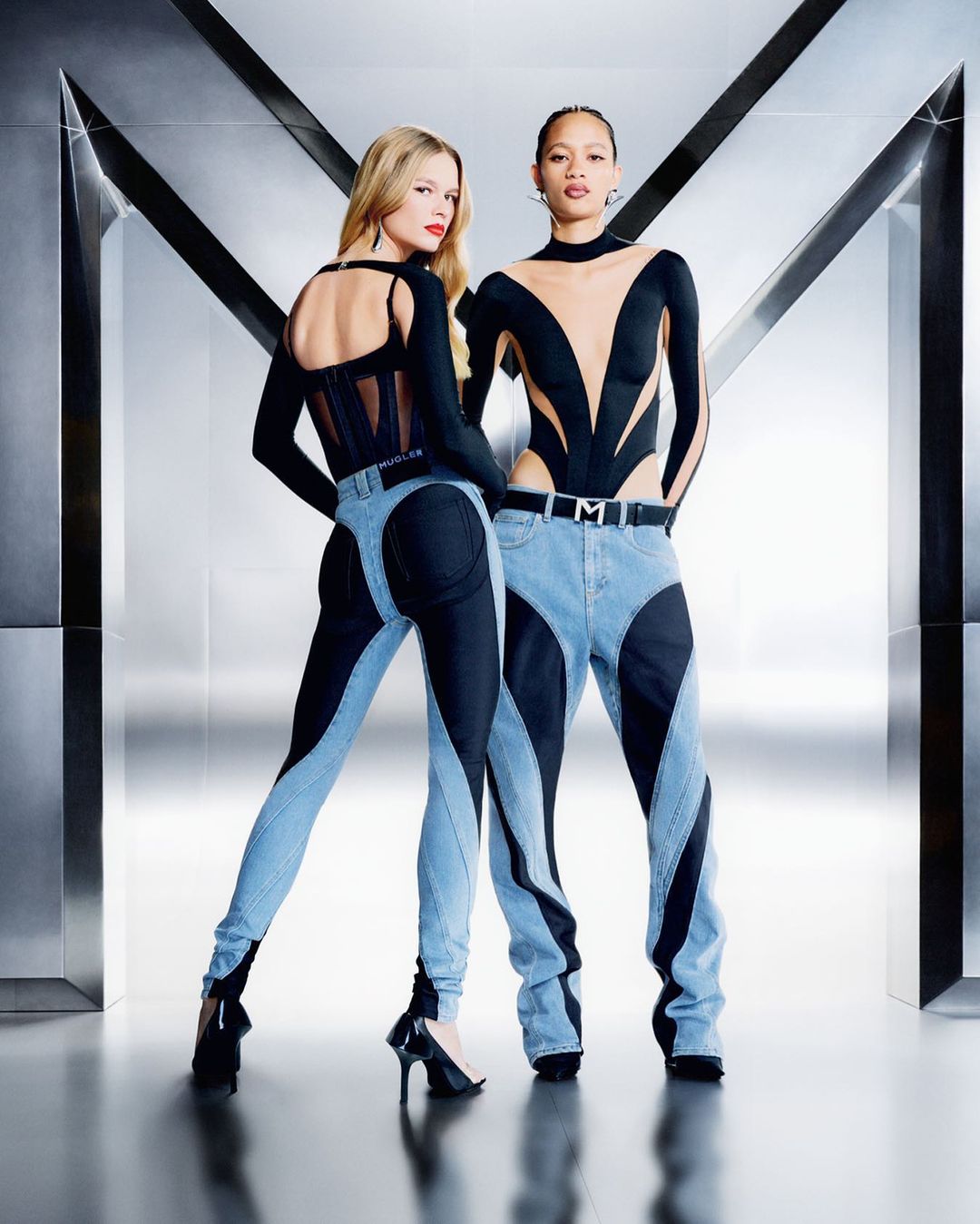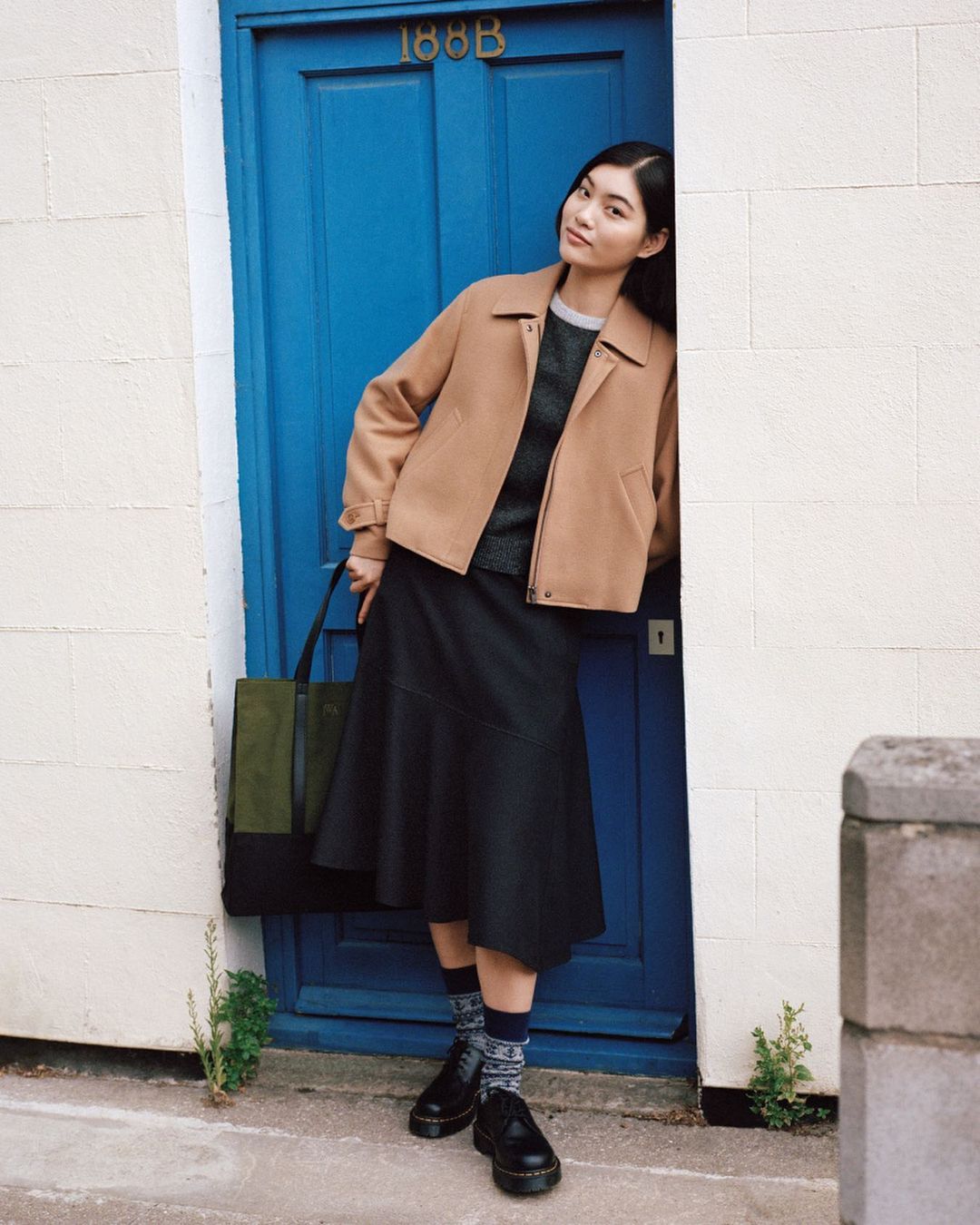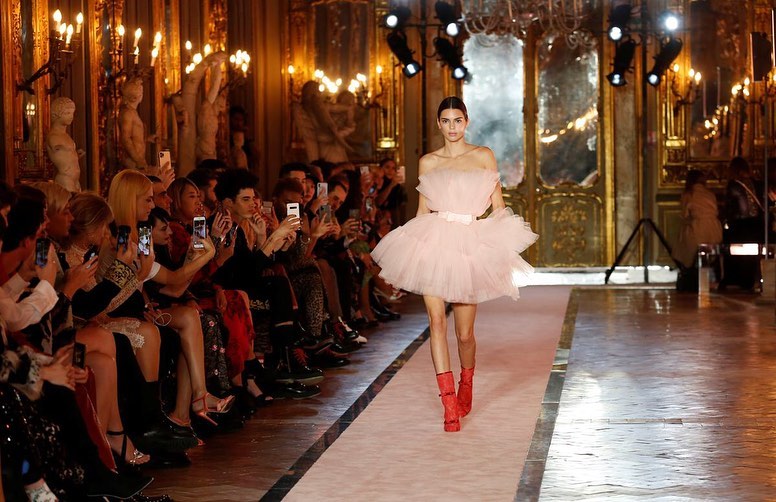The continuous rise of fast fashion collaborations with high-end brands blurs the line between luxury and the mainstream.
There’s a line in the fashion world that’s drawn to create division amongst its brands. It’s a delineation that also assigns each brand to a particular consumer demographic, and makes it fairly easy to separate high fashion from what’s considered as “low fashion.”
For years, this clear distinction in the fashion industry has virtually remained the same. Consumers of high and low fashion brands rarely share similar experiences with one another—since the products they consume are from entirely different worlds, so to speak.
But with the rise of fast fashion, the customer base of low-fashion brands grew exponentially. Pair this with the widespread practice of “flex culture“—which normalized the casual flaunting of expensive designer items and other valuable goods—and you have an untapped market of consumers who want the prestige and style of luxury without the hefty price tag and lack of accessibility.
READ ALSO: Fashion For The Future: Four Sustainable Brands To Invest In
Both high and low fashion brands wanted to make the most of this opportunity. Thus, the trend of high-low collaborations was born (and continues to rise)—slowly blurring the distinctions that separate the two worlds of fashion.
The recent H&M and Mugler collaboration is one recent example of this. Other partnerships such as H&M x Giambattista Valli and Uniqlo x JW Anderson also bolstered the new movement.

Pros and Cons
The results of these innovative collaborations seem quite effective, for the most part. They make designer styles accessible to fast fashion consumers. This helps luxury brands tap into a wider audience, which broadens their market. It’s also a lucrative endeavor for the fast fashion labels they partner with.

On the other hand, partnerships between the brands create expectations for the customers. Fast fashion consumers might think they’ll receive garments of the same quality as the designer brands.
But a TikTok post by a Singaporean influencer shows that the clothes she got from a high-low collaboration were quite poorly made. One body-fitting dress had no seams and only glued details. So before deciding to join the trend and buy these collaborations, make sure the items are worth spending your money on.
Collaborations between high and low-fashion brands also boost sales of items that were made using environmentally-hazardous processes. This has long been an issue in the fashion industry, and is most prominent in fast fashion, where ethical and sustainable practices are often compromised to create larger quantities of goods within a short span of time.

How Luxury Brands Stand Out
In an article by Chastiny Walker, she discussed what makes luxury brands, well, luxurious. Three factors define a high-end fashion brand: time and effort spent on creating products, the cost of labor, and exclusivity (that is, only a limited number of items can be sold).
Time and effort in the world of luxury usually pertain to better craftsmanship and materials. Of course, a high price tag doesn’t always guarantee durability and quality, but it can still serve as a good indicator.
Part of the reason why luxury items can’t be churned out in high quantities is precisely because their production processes require a little bit more of everything—from hiring certified professionals to conducting thorough quality checks.
These factors are not often present in fast fashion brands, further cementing the timeless value of luxury goods in the world of fashion.
Banner photo via Instagram @hm.





